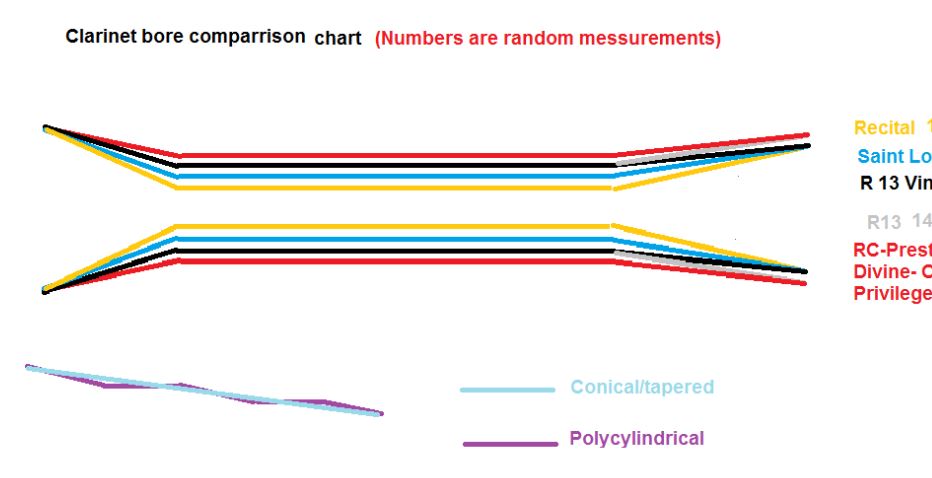-
Lohff & Pfeiffer
About Lohff & Pfeiffer
Iimprint
Contact
Newsletter
Location
L&P team
- Instruments
General
Trade options
About clarinet
Search specific instrument
Ab-clarinet
Eb-clarinet
D-clarinet
C-clarinet
Bb-clarinet
A-clarinet
Mozart basset-clarinet A
G-clarinet
Bassethorn F
Alto-clarinet Eb
Bass-clarinet
Contraalto Eb-clarinet
Contrabasse Bb-clarinet
German-Albert system Bb
Reform Boehm A & Bb
Peter Bastian Instruments
Plateau clarinets
Quartertone clarinet
- L&P Optimization
Optimization
Customization
Specialities
Special Keywork
- Accessories
General
Care products
For instruments
Reeds
Tools for reeds
Straps and hand rests
- Repair
Book time
About Repair
Maintenance
Plating-Surface treatment
Pads
Padding style
Cracks
Tone hole problems
Joints
- Tips & Advice
How to..
Videos
Worldwide external information
Problems & help
Education & learning

.Bore restoration
Restores the sound of a new instrument
The phenomenon:
1. Clarinets change their sound, pitch, and resistance as they get older, also known as becoming blown out. It is caused by the change or enlargement of the bore size because the instrument has been swabbed out thousands of times throughout the years. Thick, tight swabs will wear out the bore much faster. After approximately 6-8 years, you will notice that the instrument's general pitch rises. When you keep track of the bore dimensions, as we do, you will notice that it has increased by about 1mm.
A longer barrel will help to temporarily compensate for it but tends to affect the left-hand notes mostly. The sound also becomes brighter and more open. Most players then search for a new mouthpiece, usually one with a smaller opening, which requires harder reeds. It will continue for some time until you decide that a new instrument is needed because your old one is worn out.
But what happened was that the slow enlargement of the bore caused the pitch to rise and reduce the resistance. By switching to a closer mouthpiece, you can move the resistance and control from the instrument to the mouthpiece. But it is just a temporary win.
The solution
The best solution we came up with is the L&P bore replacement. We will insert a sleeve that replicates the original bore as closely as possible. Over the years, we have collected data from the clarinets we worked on and created a huge database. It allows us to restore the bore to its original shape.
The advantages are significant.
This procedure can be redone as often as you like on the same instrument. You can keep the same focused and controlled sound, as well as feel, as long as you keep the instrument. Your A and Bb can keep the same new feeling, and you can use the same mouthpiece for both.
This procedure is much cheaper than buying a new instrument and ensures sustainable resources.
Since 2017 mpingo, also known as grenadilla wood, has been listed as endangered and needs to be protected. Even with increased awareness of this issue and environmental efforts to plant more trees, it will still take at least 80 years to increase the amount of grenadilla wood available. That's the minimum time it takes before a tree is grown and matured enough to be harvested for clarinets..
Read about the LP-Win-Win warranty
Help us to get better
Was this article helpful?
Comments, additions or questions are always welcome at: info@clarinet.dk(C) 2014 - by Lohff & Pfeiffer - Brøndbyvej 211 - 2625 Vallensbæk + 45 3535 8643 - SE DK 1895 7485 info@clarinet.dk - Instruments






